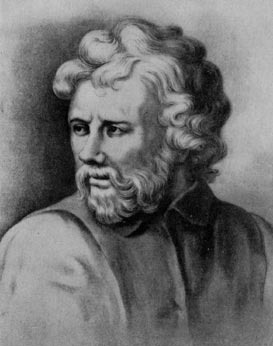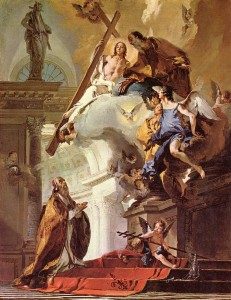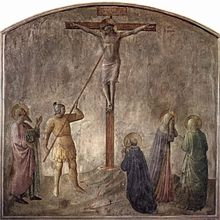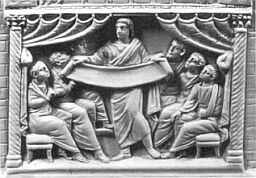
I’ll try to complete Paul-Louis Couchoud’s explanations for the second-century productions of the canonical New Testament literature starting here with his discussion of Acts. For those who enjoy the stimulation of new (even if old) ideas to spark fresh thoughts, read on.
I left off my earlier series on Couchoud’s thoughts on Gospel origins with his argument that the Gospel of Luke was the last Gospel written and was primarily a response to Marcion. The final remarks in that post were:
On the Emmaus Road Marcion had Jesus remind the travellers that Christ must suffer. Luke goes further and adds that Jesus began with Moses and taught them all that the Prophets said must happen to Christ.
Marcion’s Gospel closed with the words:
Thus it was that the Christ should suffer,
And rise again from the dead the third day
And that there be preached in his name
Repentance and remission of sins to all the nations.
Luke saw what was not said so added:
These are my words that I spoke
While I was yet with you;
How that all things must needs be fulfilled as it is written
In the Law of Moses, the Prophets, and the Psalms of me.
Then opened he their mind
To understand the Scriptures.
Thus Jesus’ final teaching links up with the first. Marcion is refuted. The Old Testament and Gospel are not in opposition. The Gospel is found in the Old Testament.
Recall that it was Couchoud’s suspicion that the real author of this Gospel and its companion, Acts, was Clement of Rome. So to continue on from there:
Acts of the Apostles – and of the Holy Spirit
First recall that Couchoud sees Luke’s masterpiece innovation as the Holy Spirit. It was this that Luke introduced for reasons of political control: Continue reading “Couchoud on Acts of the Apostles”








